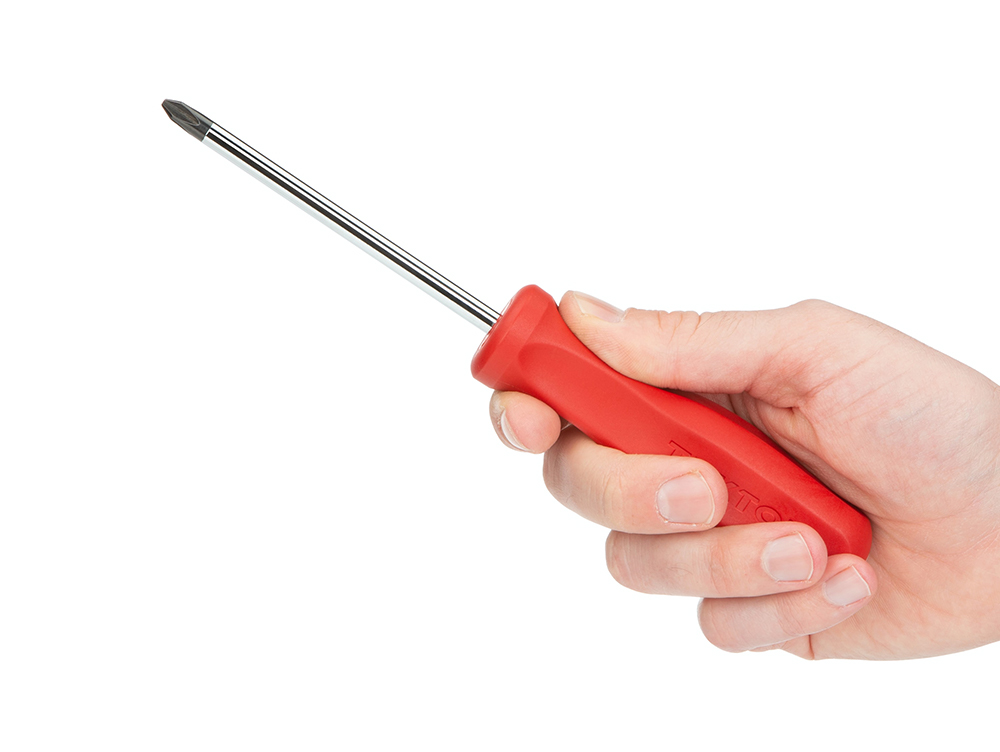Disclaimer: Any products/services mentioned or recommended below are suggestions based on our own experiences. We have no affiliation with any of the products or services mentioned and you should always thoroughly and independently research your options to decide what is best for you.
Have you ever experienced website speed issues? It’s a common problem that most website owners, designers or developers will face at some point on any given website. Pinpointing the exact problem however can sometimes be tricky, as more often than not, a collaboration of factors will be at play.
To give you a head-start, we’ve put together a two-part, in-depth analysis on what can potentially be the cause of a website slowing down, to hopefully send you in the right direction and give you some ideas on what you can check or work on. Let’s begin!
How to find out your website’s speed score.
First of all, it’s important to understand that website speed will vary hugely from page to page, user to user, location to location, and even one identical page load from the next, as there as many, many factors that come into play. So to start with, we’d recommend focussing on your main landing page (or home page), and using this page alone to measure your speed – at least to begin with.
You’ll need some tools to help you actually measure your page speed. There are various websites that can help, such as the Pingdom Website Speed Test and Google’s PageSpeed Insights. If using Pingdom, be sure to select the testing server nearest to your geographic location. With these tools, you can now measure the “before” loading speed of your website. This will be valuable to compare to the “after” loading speed once you’ve addressed any factors that may be slowing your website down.
Things to check/fix to improve your website’s speed.
1. Images
The first major factor is page size, and whether you or your users are uploading large, unoptimised images to your website’s pages. This is often the number one cause of slower load times. You can address this concern either by optimising (read: resizing to appropriate dimensions, and lowering the image quality) your images before uploading them, in software such as Adobe Photoshop, or using a plugin such as EWWW Image Optimizer, which will automatically handle image resizing and optimisation. You can even take this a step further, and offload your images to a CDN, which means they will be loading from a different server than your own, freeing up your hosting resources and greatly improving your site speed. Should you wish to do this, we’d recommend checking out EWWW’s CDN product, ExactDN.
2. Website Application Caching
Another factor that will have a major part in load speed is having website application level caching enabled. There is a large number of caching plugins available on the market for CMS websites such as WordPress. Some common options include WP Rocket, LSCache (if you have this enabled on your hosting server – if in doubt, check with your host’s technical support team), or WP Super Cache. For most options, they will create a drastic improvement straight out of the box with no custom configuration. However, to make the most of caching, it can be beneficial to spend some time reading through the user guides or tutorials, to see how certain settings may bring further benefits to your specific website.
3. Hosting Server
Another variable for website speed is your hosting server. It’s important to ensure you’re on the right hosting plan for your website’s needs, with adequate power and resources. If your website is struggling under the load from your present level of traffic, it may be time to upgrade to a plan with higher resources to go around.
Digital Pacific offers a broad range of hosting plans to suit websites of all shapes and sizes, from startups to busy enterprise platforms. If you need help in selecting the right plan for you, or checking whether your existing plan is the most suitable option, please don’t hesitate to reach out to our friendly support team anytime.
Summary
That’s it for part 1 of our slow website series. Check out our blog for part 2, where we continue with three more important steps to ensuring a quick-loading website.
That’s it from us! As always, if you have any questions about this post or our shared hosting, VPS, reseller or dedicated server plans, simply call us on 1300 MY HOST (694 678) during business hours, or submit a ticket through our Support Portal and one of the crew will be in touch!










